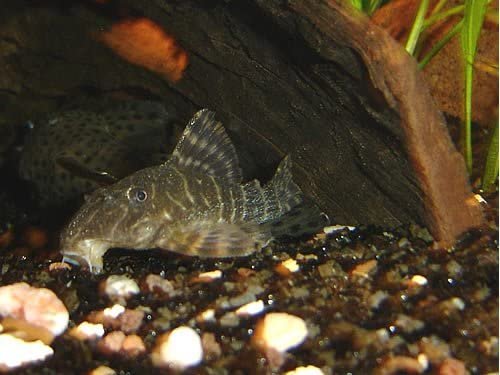African Dwarf frogs inhabit rivers and streams of central African countries. Their colors range from olive to brownish-green. They can be kept in community aquariums.
Caring for African Dwarf Frogs
Dwarf frogs do not live outside the water; they are entirely aquatic. These frogs are bottom scavengers, and they are the perfect choice as pets for kids just as a tool to control the fry population in the tank. We’ve composed a quick guide to keep this aquatic buddy in the best condition with full bellies. In this article, we will discuss frog feeding, tips, characteristics, and everything else.
Basic Care: African Dwarf Frog
Those frogs have to be kept in aquaria which provide at least two gallons for each frog. As the substrate, coarse gravel should be used, thus minimizing the danger of frogs swallowing it while searching for food at the bottom. The water temperatures should be between 68 and 78 degrees. These frogs will live 2-5 years or even longer with proper care.
 Appearance And Size
Appearance And Size
African Dwarf frogs are a part of the Pipidae family (in the genus Hymenochirus), and they do not have any tongue or teeth; they also lack ears. To take a bite, the frogs will put food in their mouth’s throat and swallow the meal. The males have glands hidden behind their rear leg, post-axillary subdermal glands. These glands are visible externally, appearing as white or off-white dots on the skin. To navigate their environments, the animals use lateral lines to detect vibrations in the water. They use swimming membranes between the digits for swimming through the aquarium and bringing the food to the mouth.
Care, food, tank setup & life span
Africa Dwarf Frogs generally are not too demanding. They are popular aquatic frogs for several reasons. They’re active creatures, making them very enjoyable to watch. It only requires reasonable care and is easy to keep in a community tank.
About dwarf frogs
African Dwarf frogs can also be called Congo Frogs or Dwarf African Clawed Frogs. They are native to Africa, like their name implies, as tropicals animals, they require heat at their aquarium. This species is very social and should be kept in groups of at least two, of course, in a larger tank. The frogs are not hard to maintain, but you should do your research to care for them properly.
African Dwarf Frog: Expert Care Guide & Tank Set Up For
African Dwarf frogs (ADF) can be a fantastic and exciting pet that will give you hours of entertainment. There is no other way; setting up your tank and ensuring it will take good care of ADF is essential.
Breeding
Breeding this species is relatively easy. If you provide a good diet and a healthy environment, ADF’ll grow naturally without disturbance. A rich diet containing alive/frozen bloodworms, blackworms, and daphnia would help to induce spawning. They show interesting behavior in the courtship process. The male makes sounds to attract the female. The pair’s initial embrace is known as the amplexus. Eggs should reach the hatching stage in one week. Tadpoles remain on the surface for another week, during which time you can feed them small pieces of food or small food items like infusoria. After some months (around 9, usually), they will metamorphose into adult frogs.
Spawning
To encourage frogs’ growth, they must simulate a drought cycle – flood cycle. Males will frequently go to the water’s surface and “sing” or “hum”. After finding the female, the attachment occurs (amplexus); males will grip the female around the waist in front of her hind legs. The female swims to the top of the tank and then pulls the male to release the eggs. The male then releases sperm in the water, which is the fertilization procedure. You’ll need two separate tanks to put in the tadpole. Nothing fancy, a 10 gallon with a heater and a filter is okay.
Raising eggs
Keep your fish tank around 78°F. It is best to have a bare bottom aquarium without decoration; in this way, maintenance becomes more straightforward and the recognition of dirt. It’s critical to maintain the water in good and stable conditions. The eggs will hatch in about 2-7 days and free-swimming five days later. If they’re large enough, they can also start eating things like frozen daphnia and brine shrimp. The tiny tadpole is very sensitive to poor water conditions. Frequent water changes can clean up waste and maintain healthy conditions. Please remove the frogs or eggshells to prevent the parents and other fish from eating the egg or fry.
How often and how much to feed ADF
A little debate exists whether or not to feed an African Dwarf frog at least once a day. It is usually recommended that you provide a frog as much as they can eat for 10-20 minutes. Don’t leave leftover food in the tank so it will rot in your tank, polluting the water. If you have leftover food, decrease the food offered or proceed with more significant water changes. You have to go through the test and error period to determine what works best for you and your frogs.
African Dwarf Frog Diet and Feeding
African Dwarf frogs are omnivorous semi-scavengers, meaning that they’ll eat pretty much anything, dead or alive. Try to keep a varied diet to get all the vitamins essential for a healthy frog. There are plenty of prepared foods that can be considered to be part of the diet. When they’re young, you can feed your frogs twice daily; however, you may have to decrease their intake as they get older. It would be best to provide them small bites and only feed them items that can easily be consumed for 10 minutes. Do not overfeed as this can cause weight gain and decrease the water quality. If your frog was not well-fed and was particularly hyperventilating, you could use a tweezer to force-feed the animal.
African dwarf frog diet
African Dwarf frogs are carnivorous amphibians that need a dietary supplement of protein. For pet nutrition, freeze-dry foods such as mosquito larvae and worms like bloodworms and white worms ensure good health. Just throwing food in the tank will usually not suffice because the frogs probably won’t eat it. Target feeding is an alternative: place food near the frog using a turkey baster or a pair of tongs and ensure that the food is eaten. Young ones can be feed daily, but adults that are feed daily can get fat, keep an eye for your pets’ health.
African dwarf frog requirements
African frogs are messy eaters and need lots of water for swimming. It’s a social animal that should be kept in groups of three. Because this amphibian has to swim to the surface to breathe the air, a more extended tank is preferable to a taller tank. These frogs prefer a habitat with quiet water and plenty of leaves able to provide enough cover. Avoid powerful water flow and use living plants for the benefit of ecosystems. Because small and medium-sized gravel might get eaten accidentally and damage the intestinal tract, providing a bare bottom or using large gravel is best.
Habitat and tank requirements
African Dwarf frogs are found in tropical forests in the freshwaters of Nigeria, Cameroon, and Gabon up into the Congo river basin. Light is essential; they are nocturnal and are used to a 10-12 hour cycle of light and darkness. As with all fish and pets, it makes sense to start properly projecting the tank before buying the fauna.
Water parameters for African dwarf frogs
It would be best to keep the individual needs of African Dwarf frogs in mind when choosing a tank for their habitat. ADFs live their entire lives underwater, but they have lungs and breathe oxygen. They have to come to the surface to breathe. Even though they spend almost all of their life in water, ADFs don’t dare good swimmers. Larger tanks will allow for easier maintenance of the water quality.
Equipment
The African Dwarf frog requires a heat source that keeps the aquarium constant at least 78 degrees F. The tank should have a filter system for controlling the water free of toxic nitrogen; the flow rate should be very gentle. For partial water changes, you can use a bucket and a dirt vacuum. You should keep and use a test kit so that you can check the water quality of your dwarf frog tank. If you are using tap water, use a water conditioning when filling up the frog tank.
Aquarium water test supplies
In aquariums, the water can become toxic to frogs. Aquarium water test kits provide more accurate results. Water wouldn’t have been necessary to be changed daily, but you will never know if it needs to be changed without testing it.
Substrate
There’s still debate about what kind of substrate to keep within your African Dwarf frogs tank. Some people think that use sand will hurt them. Many people maintain ADFs on stone or sand substrate without problems, but a lot of other people have trouble. I do recommend you use bare bottom or large gravel or stone as substrate.
Aeration
Aquarium air pumps and an air stone will help keep the water of your frog tank healthy. Aerobic bacteria grow in aquatic water thanks to their aeration. I also like aerating ADF tanks because the amphibians enjoy chasing the bubbles. Aeration will also help with the aquarium’s gas exchange, bringing more uniform and continuous oxygenation.
Rooted plants
One of my favorite native habitats for ADF is the Java fern. It is inexpensive and easy to care for, and many animals like to use it as a hide. You can also attach a hornwort plant to a rock or a suction cup and anchor them to the bottom of the tank. Plants that live on the surface of the water are welcome, helping to create covered areas. Other plants with stems can also be used; you can use pots with substrate inside the aquarium, bringing more security to the frogs. In addition to providing shade and microfauna that can be used as food by the aquarium inhabitants, the plant will also help maintain the excellent water quality.
Floating plants
Even if you do not intend to put in the tank anything with fixed roots, then maybe put some hornwort plants on the surface of the water of your tank. These absorb ammonia, nitrates and help to keep your tank water “clean”. Hornwort even grows without proper care and does not need unique lights.
Light
Africa’s dwarf frogs need regular periods of light and darkness and regulate circadian rhythms. Usually, every small aquarium light will work just fine. You might wish to use light sources for planting when you have live plants in the tanks. Preferably for low-tech plants, which do not need solid lights or constant fertilization, which can be stressful and toxic for your amphibian. If you are considering aquascapes and plants as a hobby, then perhaps you should use plant lights.
Heater
African Dwarf frogs come from quite hot climates. It would be best if you had a heater. Keeping your African Dwarf frogs at higher temperatures will help to make them more active.
Keep them together
These frogs are best kept in small groups with at least two or three specimens. They are exceptionally social animals and are usually held together in small communities.
Filter and lighting considerations
African frogs are not attuned to strong currents. You need to provide good lighting for ten to twelve hours each time. Standard aquarium light goes well for ADFs. African Dwarf frogs use that light to stay on a healthy schedule. The amount of light should be enough to keep the frogs happy, and with some dark spaces, all day.
A tank cover with no openings
African Dwarf frogs are fully aquatic, which means they must live on the water. After 15-45 minutes of being out of the water, they will quickly dehydrate and die. Almost all tanks have openings in the lid for the filter, oxygen lines, and wiring huge enough for our frogs to crawl through. Keep the tank lid completely closed, with no gaps, as the frogs will try to climb, and if they manage to get out of the tank, they will die.
African Dwarf Frog Care
Your frogs may be a dangerous problem, they are not venomous, but these amphibians carry many bacteria species, usually found on the skin and in feces. Avoid touching the frog. Use an aquarium net to handle them. Do not put anything sharp in tanks since these have pretty sensitive skin. If you suspect dropsy contact a veterinarian who specialized in amphibians. As long as your frog stays at high water and food quality, you will have no problems.
Tank Size For African Dwarf Frogs
African Dwarf frogs are not very large, so it’s unnecessary to make considerable investments in huge high-tech tanks. ADF are very social animals who love to live with their friends. I would recommend getting a tank of at least 300 liters and storing at minimum three to four frogs.
African Dwarf Frog Tank Mates
They have no other natural protection than hiding. Your ideal candidates when deciding on tank mates are snails and small calm community fish. I do not even recommend mixing red cherry shrimp and ADF. Adult female cherry shrimp might be okay, but older shrimp might end up being a fun treat for the frogs. Other species of shrimp are usually larger but must be large enough to not look like food.
African Dwarf Frog Behavior
People often don’t understand what’s happening when frogs are locked in an embrace and standing somewhere in the aquarium for a day or two; this is normal behavior for the frogs and indicates they are mating. The frogs do the things that nature has called. It would help if you were sure that there is enough space to start raising tadpoles. Additionally, any fish that is in the tank with the frog might be exposed to danger. Although adult frogs often coexist quickly with docile fish, most fish will try to eat the frog eggs.
Are African dwarf frogs suitable for you?
There’s no arguing that African Dwarf frog is a super cool little pet that provides lots of fun. I would advise you to keep them in a 50-gallon tank to keep a large group. Frogs are sensitive to water temperatures and pollutants and should be regularly maintained for proper filtration and maintenance. It helps to periodically change the water and offer high-quality food for your frogs. Put it with non-aggressive tankmates in the same place. Do not be afraid to stuff them in a tank so large.
Can you care for an African dwarf frog?
African giant frogs could live for at least five years. You must be ready to buy the best equipment you need, even if it is costly. You also have to take care of them practically every day. African Dwarf frogs can live in the wild for up to five years.
Hiding places
Knowing how to hide from predators is the only choice for African Dwarf frogs survival in the wild. If you aren’t giving your ADFs something to hide, they will be so stressed out that they could even die of anxiety. Many aquarium decorations make excellent hiding spots for ADF. Be wary of painting or glazing in ornaments. Make sure it’s toxic-free.
Potential health problems to be aware of
Africa’s dwarf frogs have many potential health problems. Bacteria can irritate eyes and skin, causing redness. Some species can also suffer from fungal infections. It would help if you separated frogs in hospital tanks as the disease can go out from one tank to another. If left without proper care, dropsy risks killing the frog unless he finds out what caused it. Stress and bloating may be considered to be prime symptoms of this condition.
Are they compatible with Bettas?
It depends primarily on your betta’s temperament. Some are incredibly aggressive, while most others don’t bother or mess with anyone. If a Betta becomes aggressive, they will probably bully the frog and eventually kill them. If you’re going to fill your tank with the two in question, you should watch them closely. Whenever one of the frogs can be added to a tank, always check if it is compatible with the other inhabitants.
Avoiding a common mistake
The African Dwarf frogs are highly similar to African Clawed Frogs. The differences between the two species are apparent. They both look completely different, with different eyes and noses. African Dwarf frogs have webbed feet at the sides of their legs and long claws at the back feet. African claw frogs have distinct finger and claw limbs that are used for swimming. The African Dwarf frog has a more pointed snout and eye on the front of its head with a high eye position similar to that of the African Clawed frogs
Can you hold an African dwarf frog?
Like terrestrial frogs, the aquatic frog is a skilled jumper. They will soon die and evaporate without adequate humidity levels to survive. It would be best if you always used an aquarium lid to prevent frogs from going out of the water. They are amazing animals, but you shouldn’t handle them.
The average life span of an African dwarf frog
A typical African Dwarf frog‘s lifespan is five years. The lifespan is highly variable based on the level of care and their health history.
Wrapping it Up
We hope you found this guide onAfrican Dwarf frog care useful. Good luck with the new addition to your tanks!

![[Complete Guide] African Dwarf Frog : Care, Food, Tank Setup & Lifespan African Dwarf frog](https://aquariumhunter.com/wp-content/uploads/2021/09/African-dwarf-frog-1-1200x822-1.jpg)
![[Care Tips] The 20 Best Algae Eaters For Your Freshwater Tank Best Algae Eaters For Your Tank](https://aquariumhunter.com/wp-content/uploads/2021/09/whiptail-catfish.jpg)

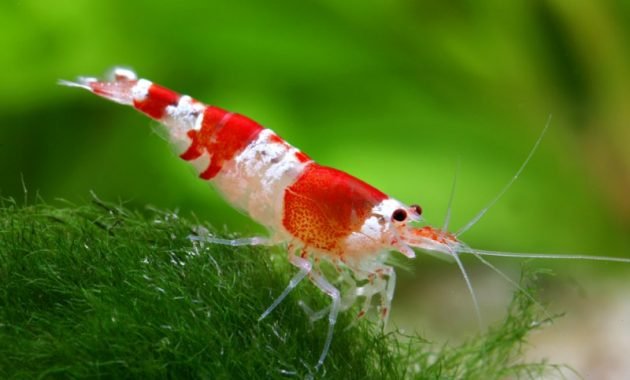

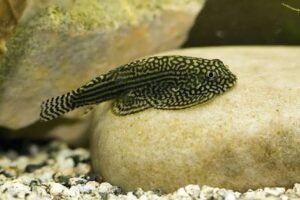

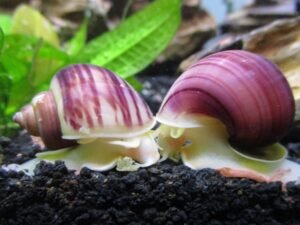
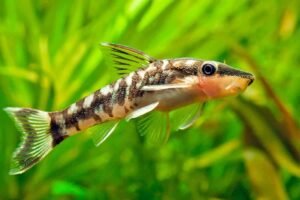

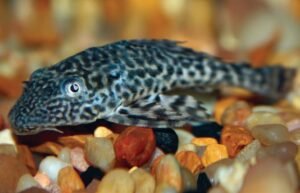






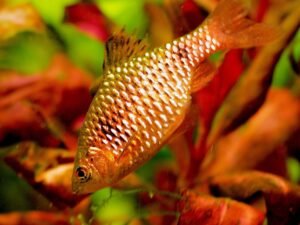
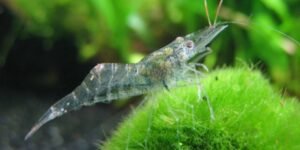
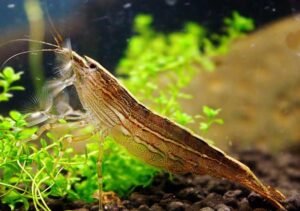
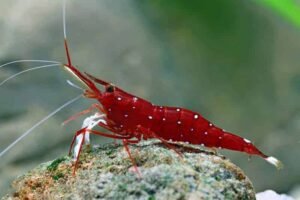
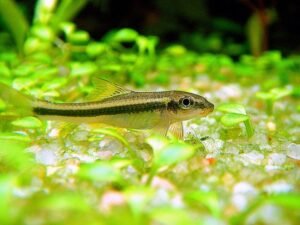

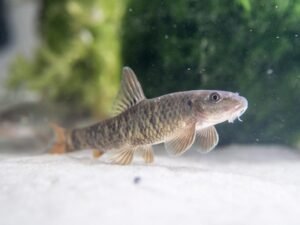
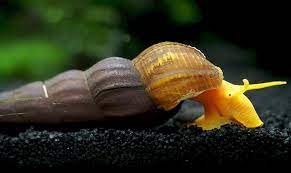

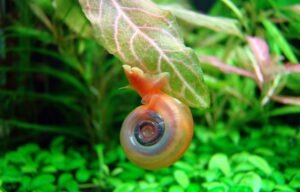










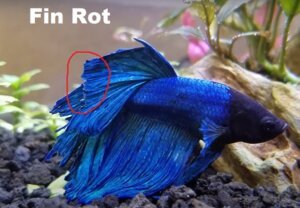
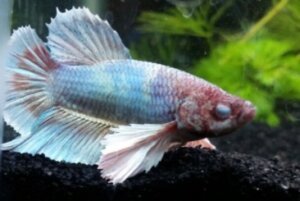
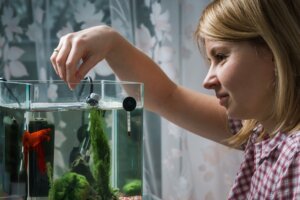

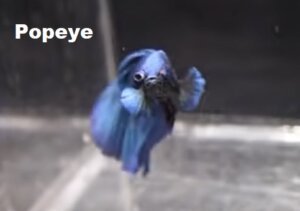
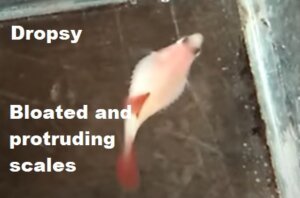
![Ultimate Rubber Lip Pleco Care Guide [Size, Diet, Breeding] Rubber Lip Pleco](https://aquariumhunter.com/wp-content/uploads/2021/09/download-2.jpg)


 Rubber Lip Plecos are an excellent choice for more experienced aquarists; they need well-matured aquariums, water with medium hardness, milder temperatures, and a strong water flow.
Rubber Lip Plecos are an excellent choice for more experienced aquarists; they need well-matured aquariums, water with medium hardness, milder temperatures, and a strong water flow.![The 7 Best Dwarf Cichlids for Your Aquarium [complete guide] The 7 Best Dwarf Cichlids for Your Aquarium [complete guide]](https://aquariumhunter.com/wp-content/uploads/2021/09/download-1.jpg)


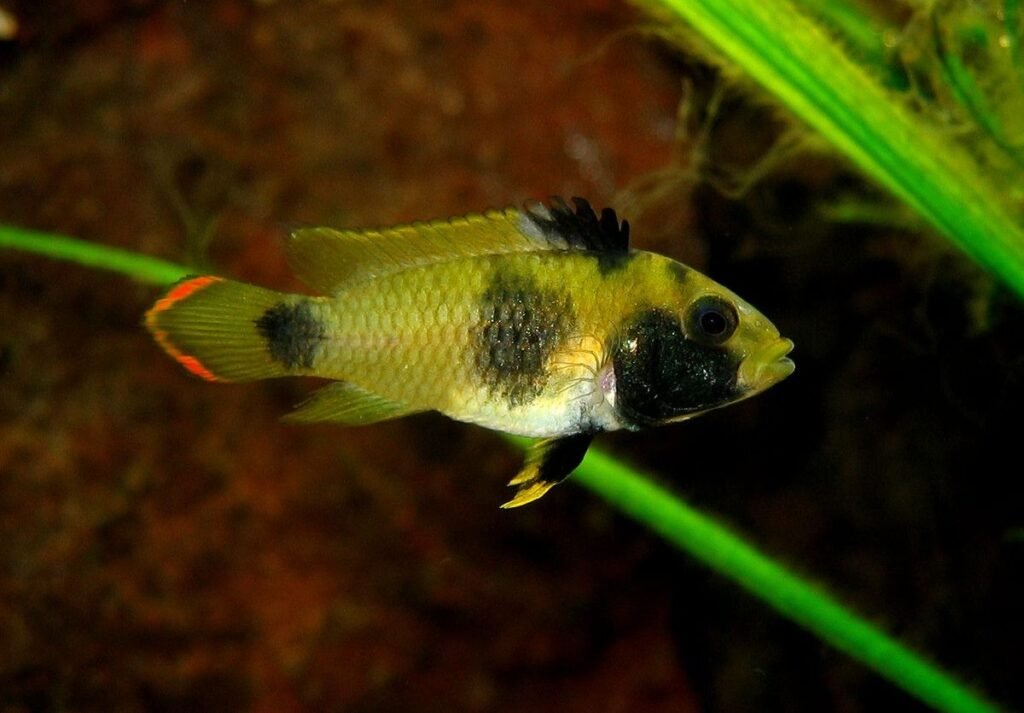
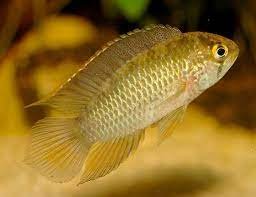
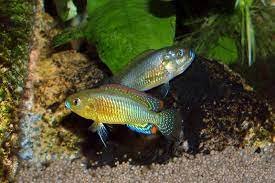
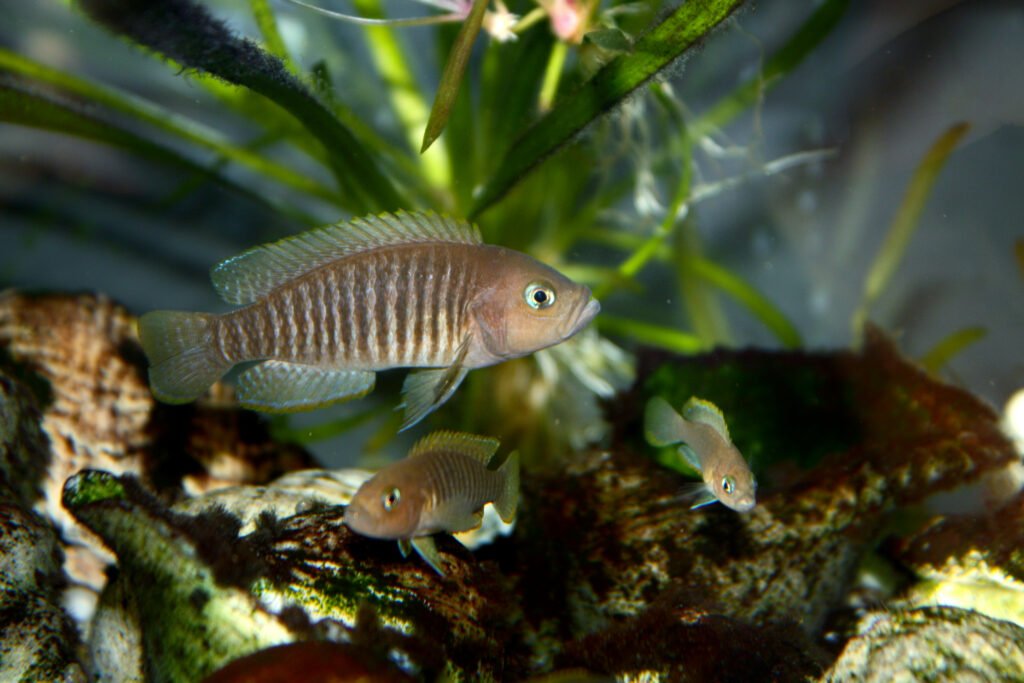
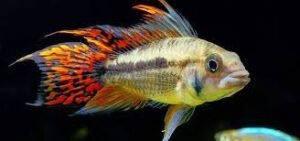
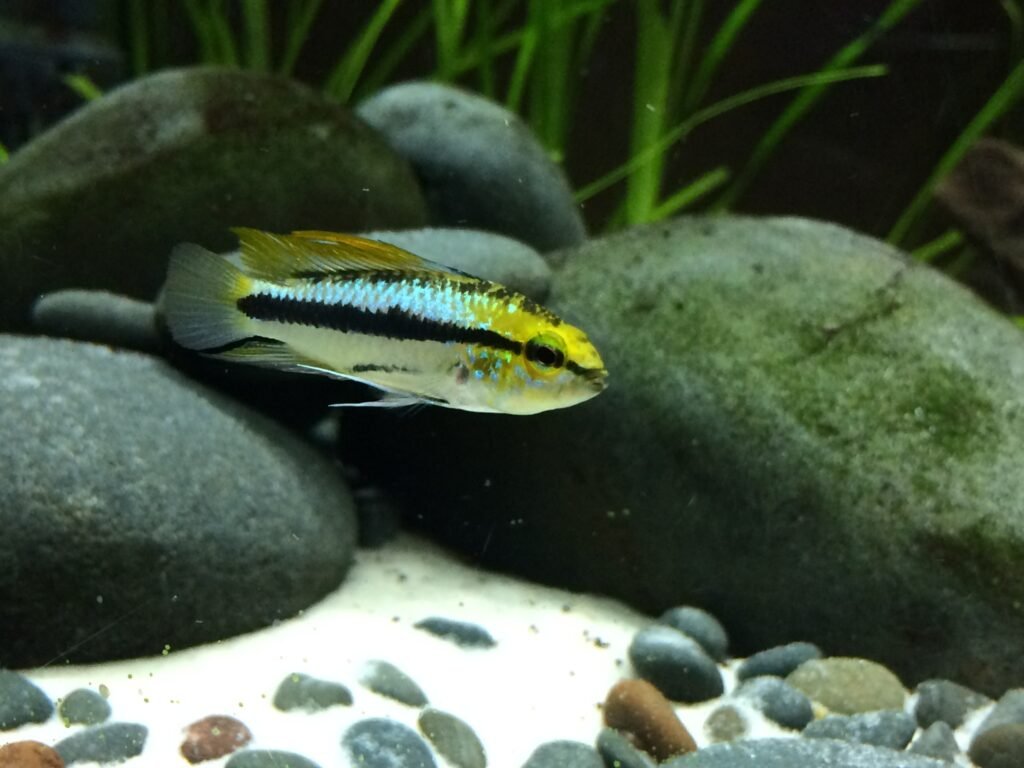
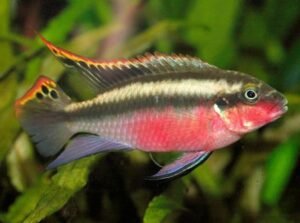
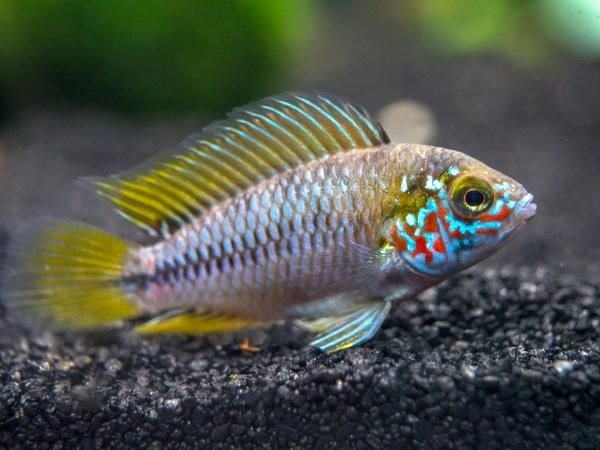
















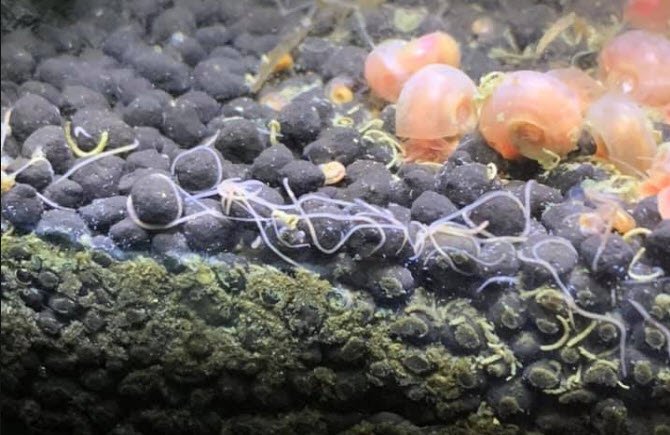
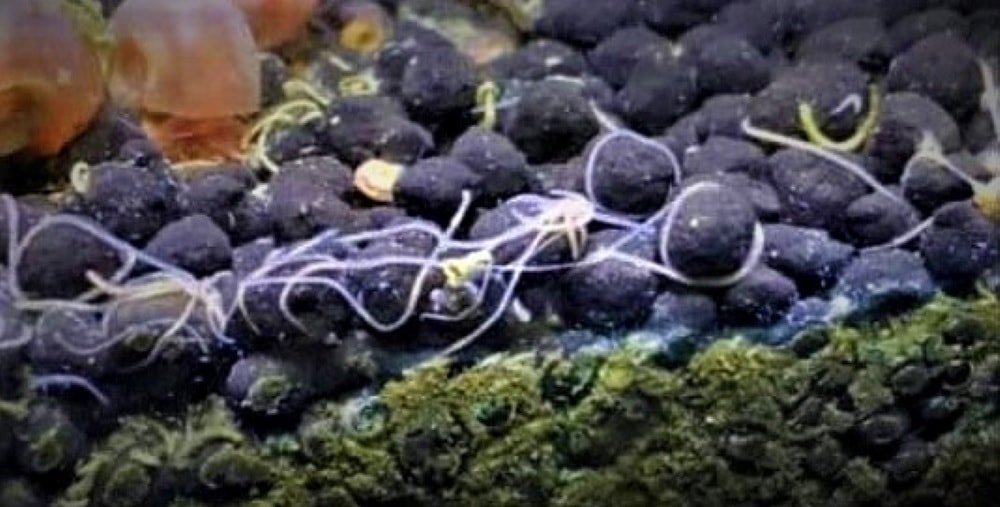
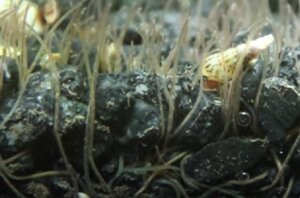
 One option is to control the population of the detritus worms through predation, using fish that will eat them. Because most worms stay at the bottom of the tank, you may want a
One option is to control the population of the detritus worms through predation, using fish that will eat them. Because most worms stay at the bottom of the tank, you may want a 
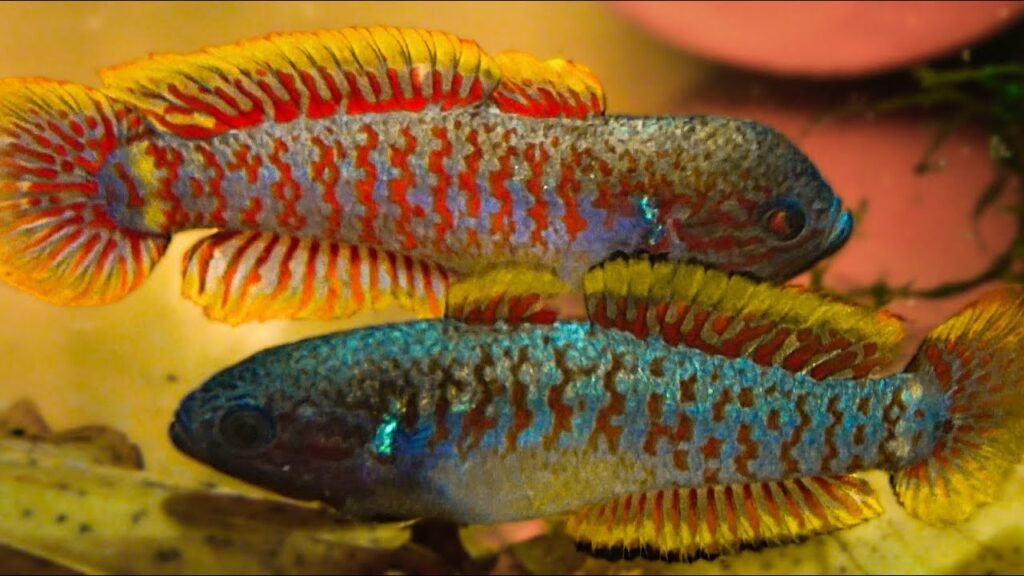
![[Ultimate] Black Ghost Knifefish Care Guide – All you need to know Black Ghost Knifefish](https://aquariumhunter.com/wp-content/uploads/2021/09/maxresdefault-1-1.jpg)
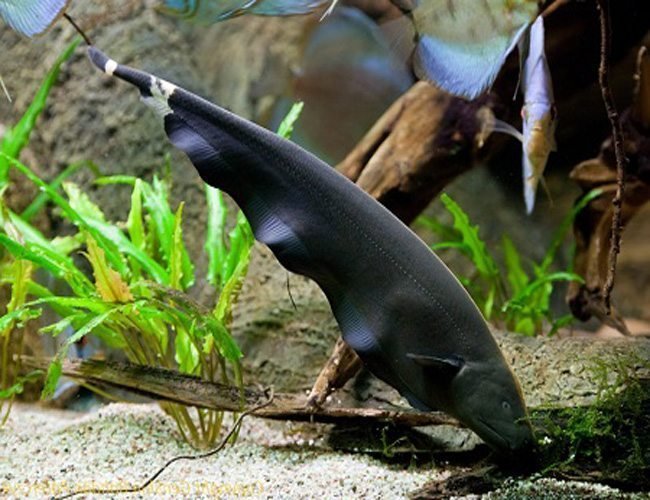

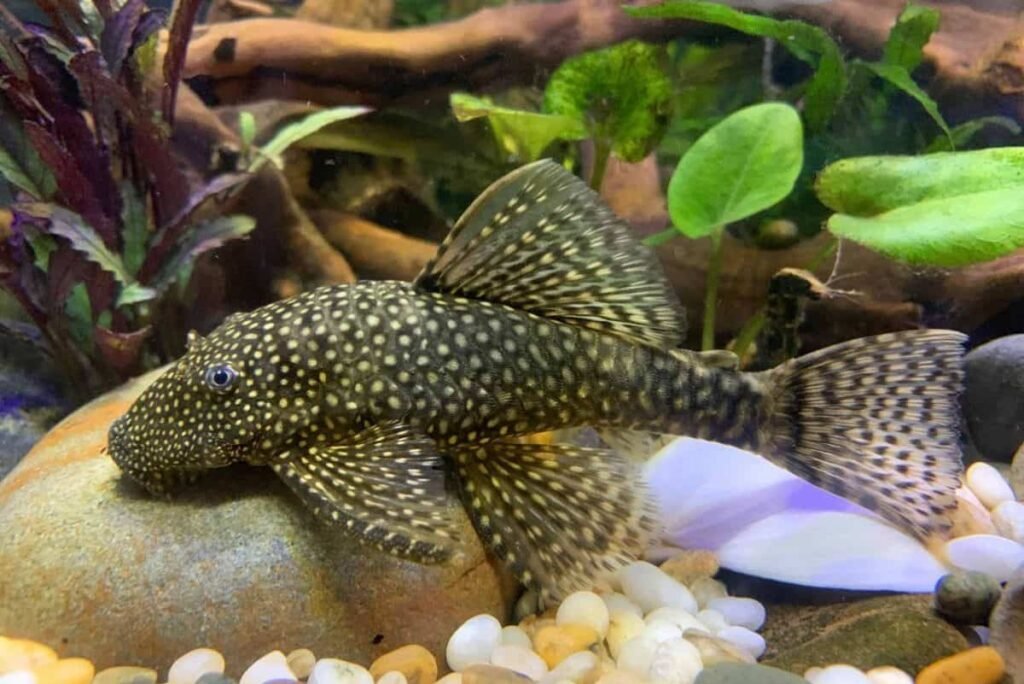

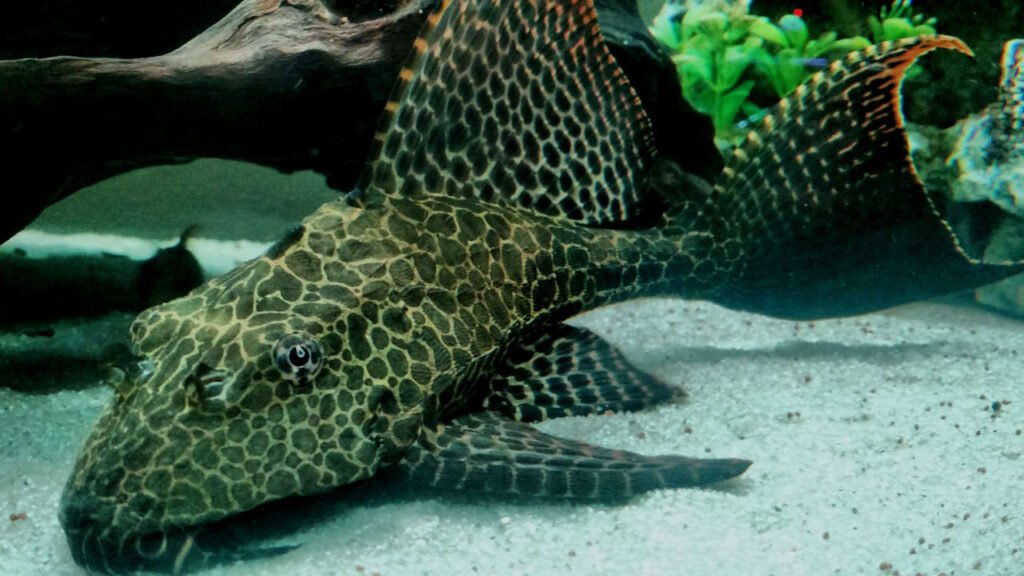
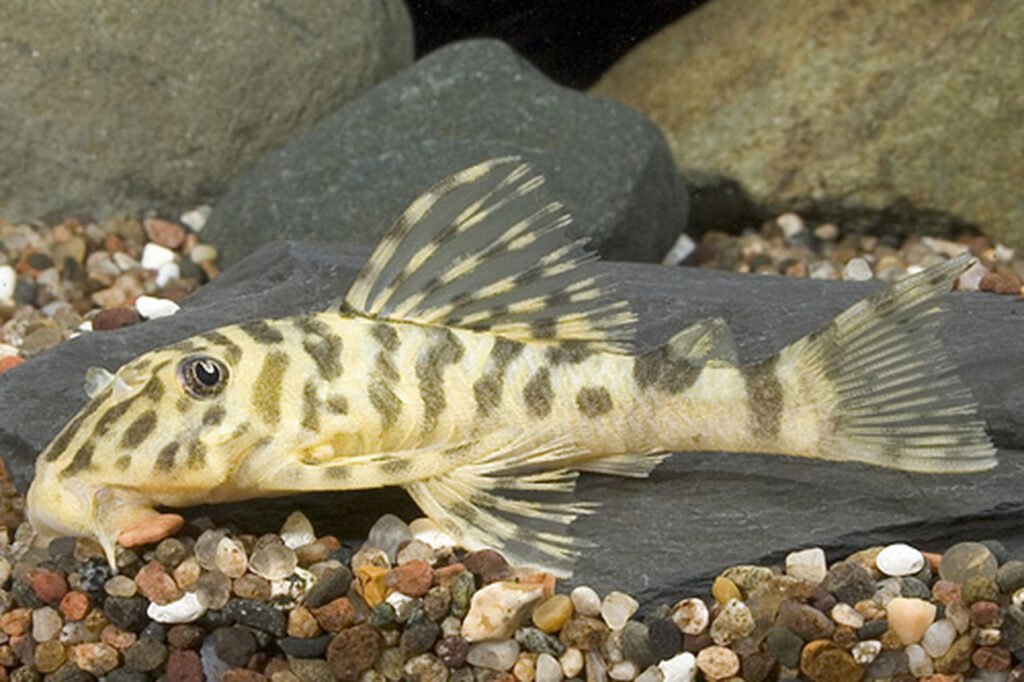
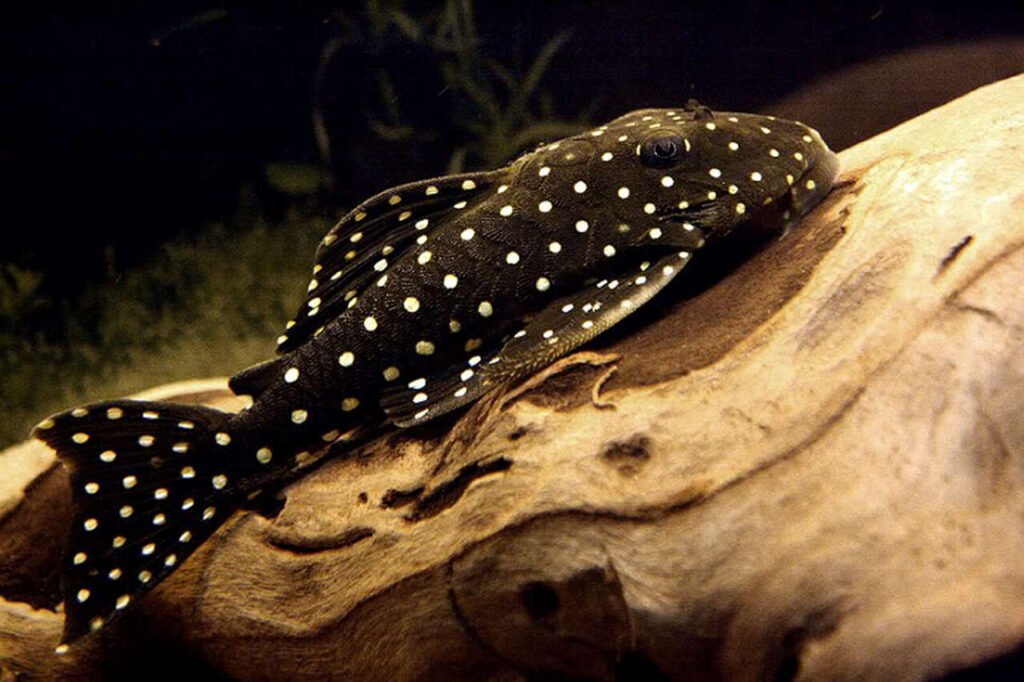
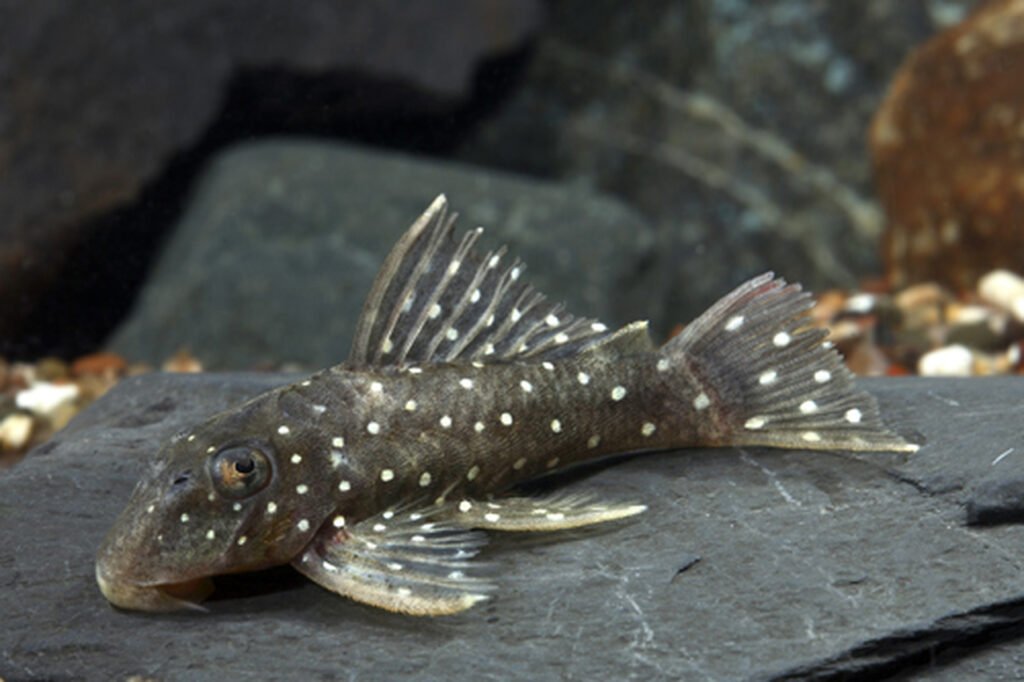
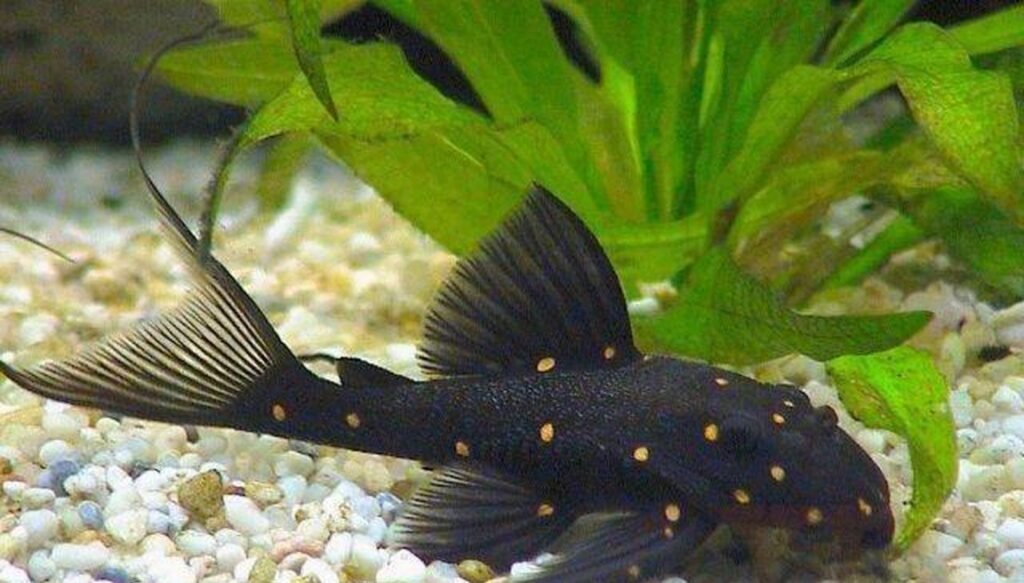
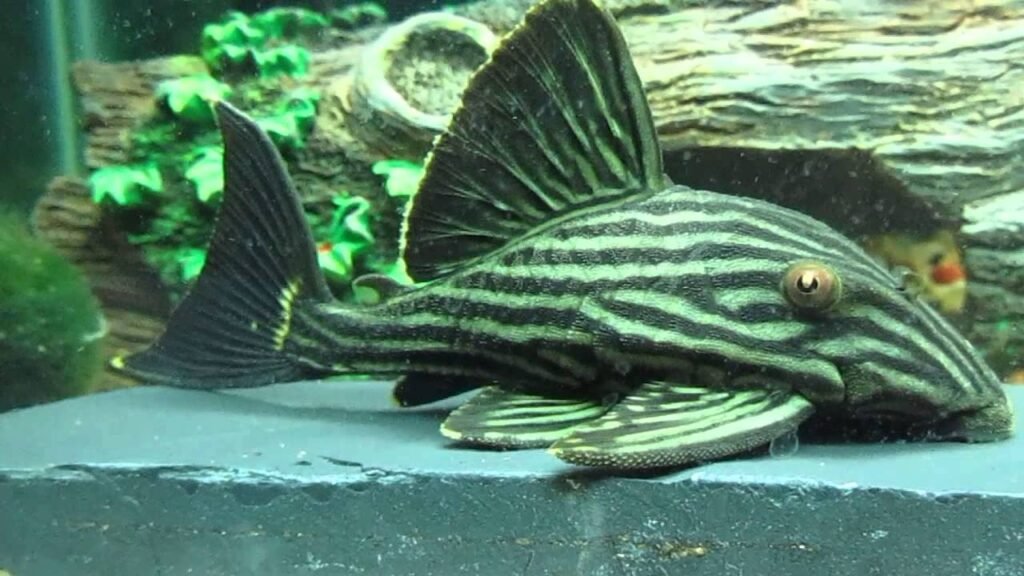
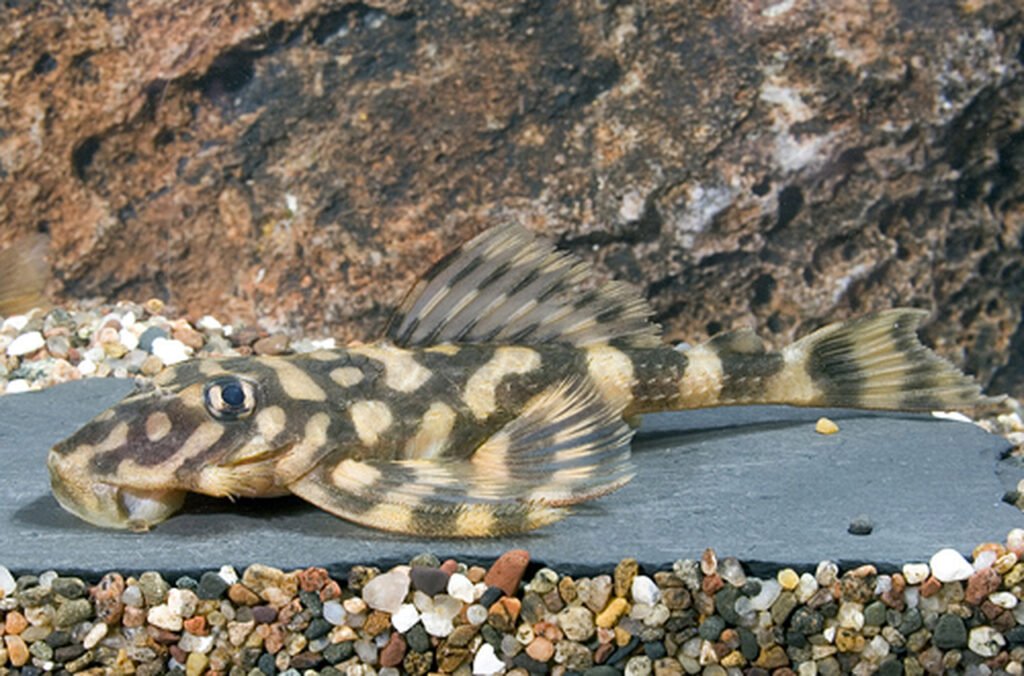
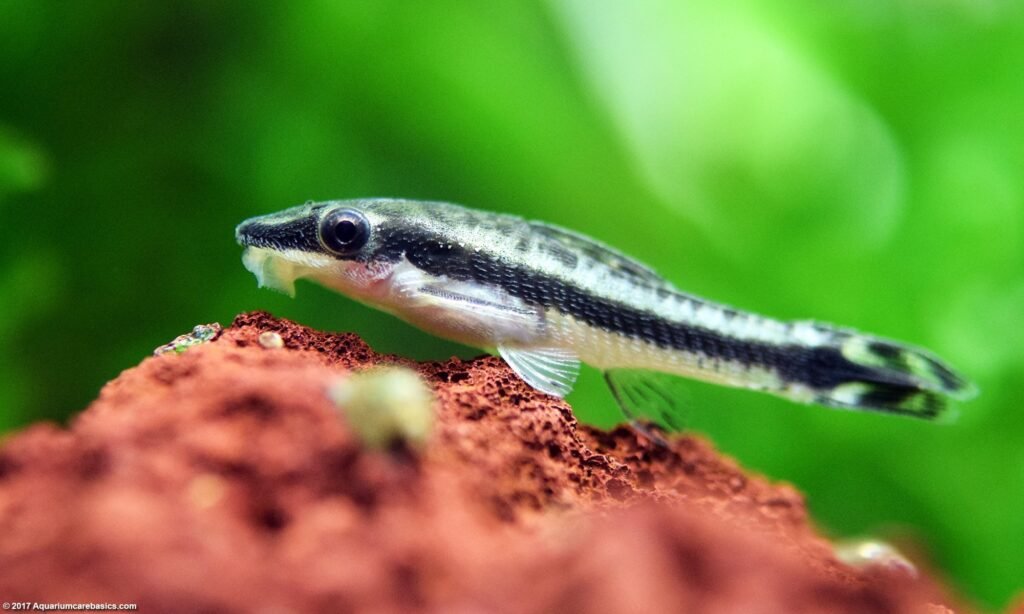
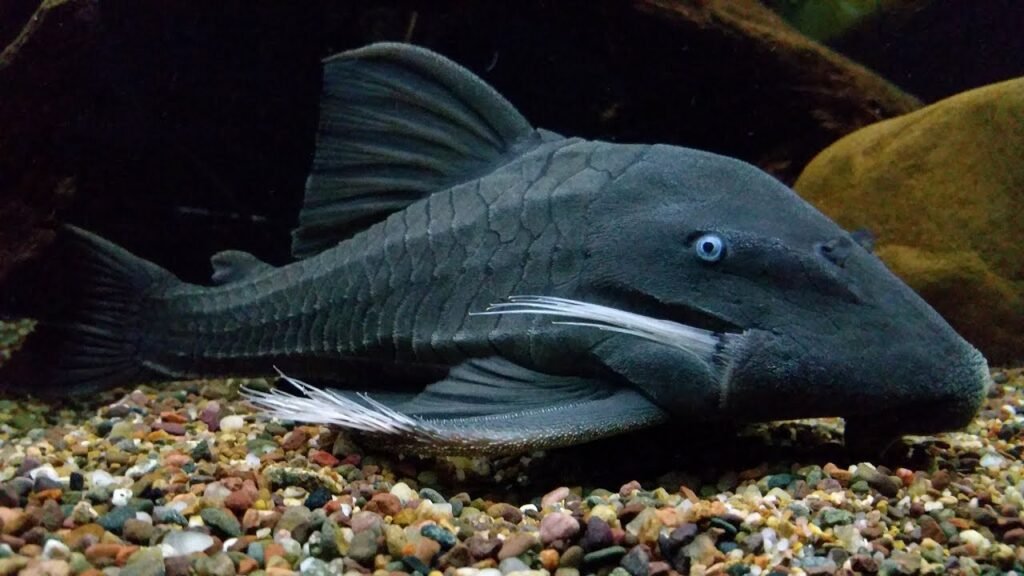


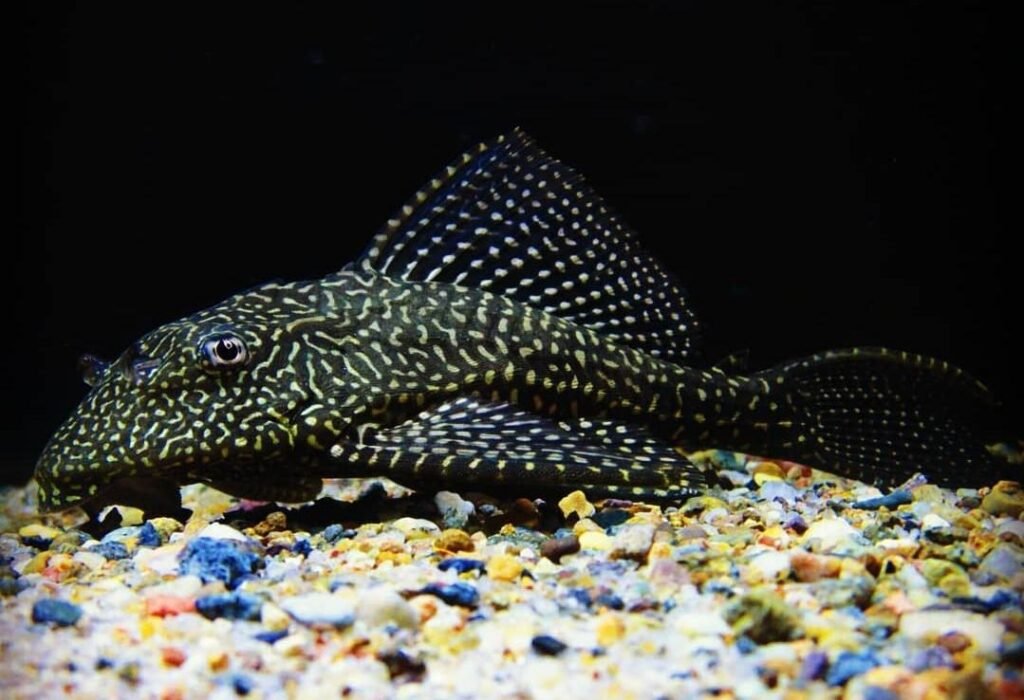
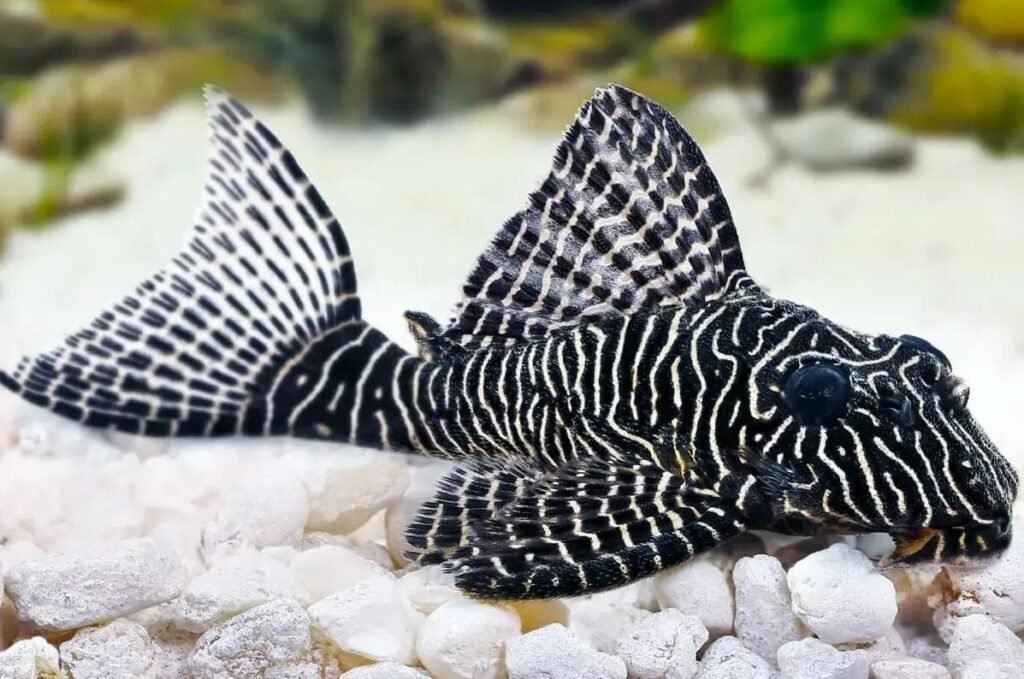

![[Detailed] Clown Pleco Fish Care Guide – Size, Diet, Lifespan, And More! [Detailed] Clown Pleco Fish Care Guide – Size, Diet, Lifespan, And More!](https://aquariumhunter.com/wp-content/uploads/2021/08/felco.jpg)
